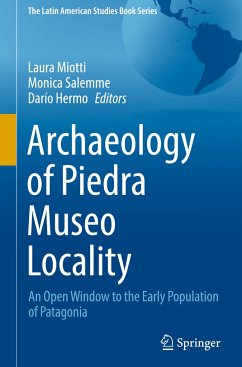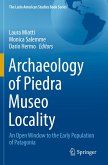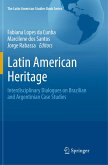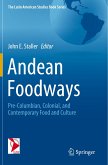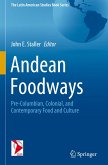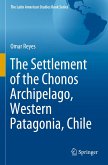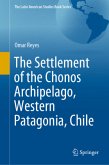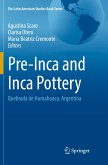This book highlights the knowledge about landscapes and characteristics of the earliest hunter-gatherer lifeway in Southern Patagonia. It presents an analysis of the archaeological investigations carried out during three decades by an interdisciplinary team that involved archaeologists, anthropologists, paleontologists, geologists and specialists in pollen and diatoms. The database yielded was recovered from systematic survey and excavations from the Pleistocene and Holocene stratigraphic layers of the rockshelter known as AEP-1, Piedra Museo Locality, situated in the central plateau of Santa Cruz Province, Argentina. Piedra Museo is a unique place in the world of high academic interest with some of the earliest archaeological remains in the Americas.
Researchers defined two strata and several Stratigraphic units in the site based on the sedimentological and pedological characteristics. The depositional zones contain archaeological remains that are interpreted as huntingevents corresponding to two main different occasions in the human colonization of the region, and a third human occupation during the Middle Holocene. Last one occurred then of the massive rockshelter roof colapse. The faunal remains led to a new approach to the palaeoenvironmental evolution of this enclosed basin. This volume describes the management of lithic raw materials and social networks from first human occupation of the Patagonian region to territorial consolidation of hunter-gatherer societies.
Hinweis: Dieser Artikel kann nur an eine deutsche Lieferadresse ausgeliefert werden.
Researchers defined two strata and several Stratigraphic units in the site based on the sedimentological and pedological characteristics. The depositional zones contain archaeological remains that are interpreted as huntingevents corresponding to two main different occasions in the human colonization of the region, and a third human occupation during the Middle Holocene. Last one occurred then of the massive rockshelter roof colapse. The faunal remains led to a new approach to the palaeoenvironmental evolution of this enclosed basin. This volume describes the management of lithic raw materials and social networks from first human occupation of the Patagonian region to territorial consolidation of hunter-gatherer societies.
Hinweis: Dieser Artikel kann nur an eine deutsche Lieferadresse ausgeliefert werden.

